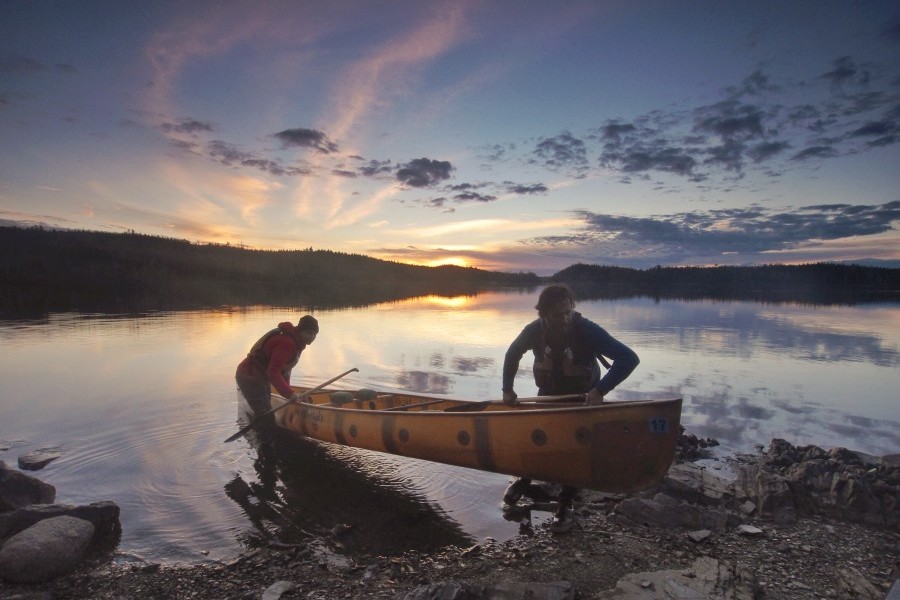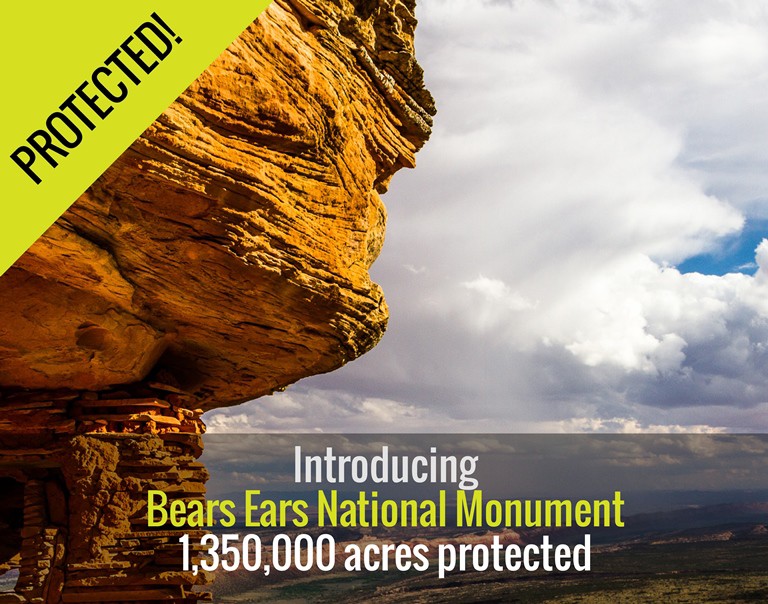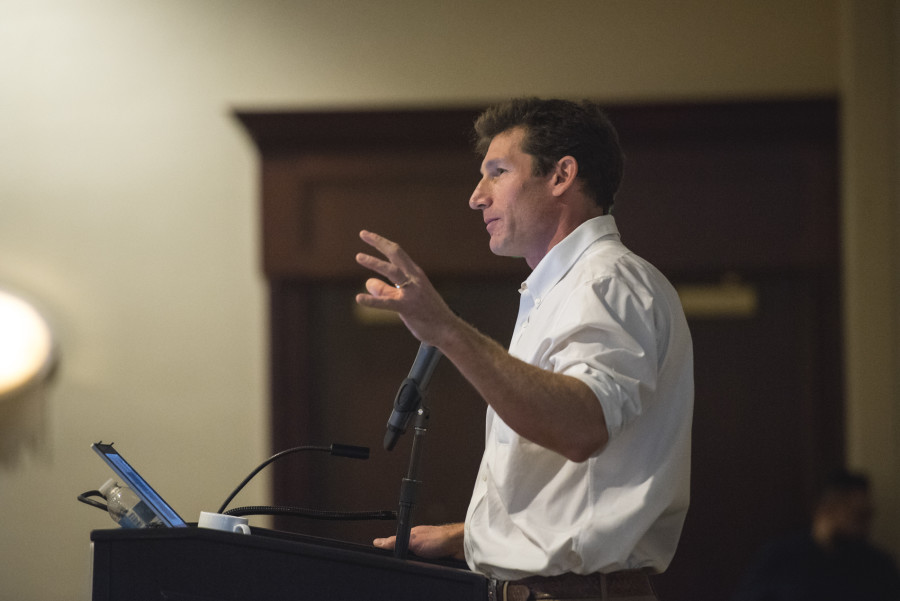Guest blog post by Ellie Siler from the Campaign to Save the Boundary Waters.
Time to Act: The Boundary Waters Needs Your Voice
On January 13, the United States Forest Service initiated a two-year pause for any new mineral leases or exploration, long enough to allow an environmental review of the watershed surrounding the Boundary Waters Canoe Area Wilderness and Voyageurs National Park in northern Minnesota. The environmental review will be conducted by the Bureau of Land Management (BLM) and U.S. Forest Service. This review comes on the heels of an announcement from the BLM that sulfide-ore copper mining leases held by Twin Metals Minnesota, a company owned by Antofagasta in Chile, were denied.
For the past three years, the Campaign to Save the Boundary Waters, led by Northeastern Minnesotans for Wilderness has been building a movement to protect this Wilderness. Along with supporters, organizations (including Conservation Alliance), businesses, veterans, students, hunters, anglers and more, the Campaign has successfully created a national movement on behalf of this “quiet Wilderness” and we’ve now reached a critical stage in the efforts to gain permanent protection for the watershed of this national treasure.
Now is the time to speak up for the future of this beloved hunting, fishing and paddling destination and join the chorus of voices to make sure it is protected. Sulfide-ore copper mining would be disastrous for the ecosystem, business that depend on the Wilderness, and all those that recreate in the area. Now is the time to take action! The Forest Service is taking public comments now — tell the agency to protect the entire Boundary Waters are from sulfide-ore copper mining. You can submit a comment through the Campaign to Save the Boundary Waters.
Value of this Place
The Boundary Waters Canoe Area Wilderness is a unique treasure in northern Minnesota. The 1.1 million acre Wilderness is characterized by its interconnected lakes and rivers and uninterrupted forests. The Boundary Waters includes 1,200 miles of canoe and kayak routes, 237.5 miles of overnight hiking trails and 2,000 designated campsites. Several sensitive wildlife species make the Wilderness their home, including the gray wolf, moose, Canada lynx and loon.
As America’s most visited Wilderness Area, the Boundary Waters is the economic lifeblood of northeastern Minnesota’s lucrative tourism industry. The Boundary Waters and Voyageurs National Park help drive the economy of northeastern Minnesota, where tourism supports nearly 17,000 jobs and brings $850 million in sales annually to the region (Explore Minnesota).
Victory and Opportunity for Beloved Boundary Waters Canoe Area Wilderness in Minnesota




